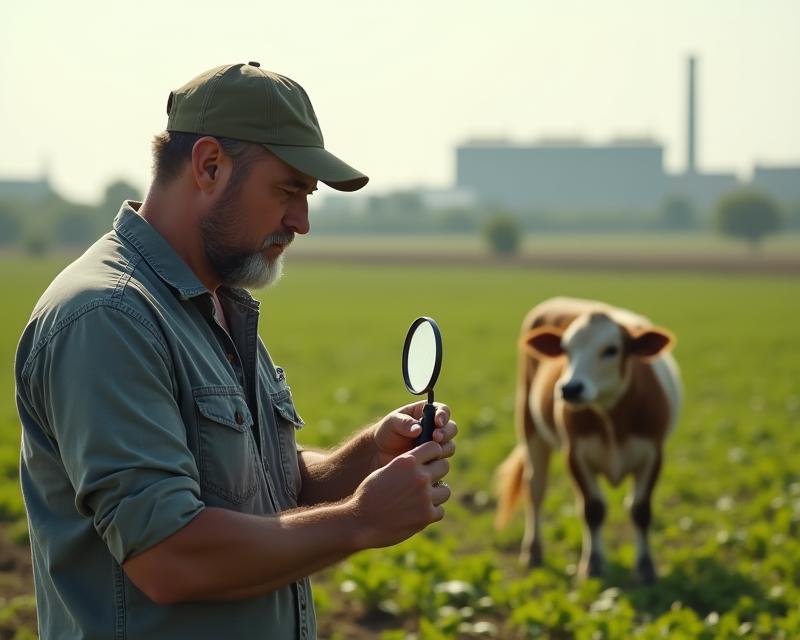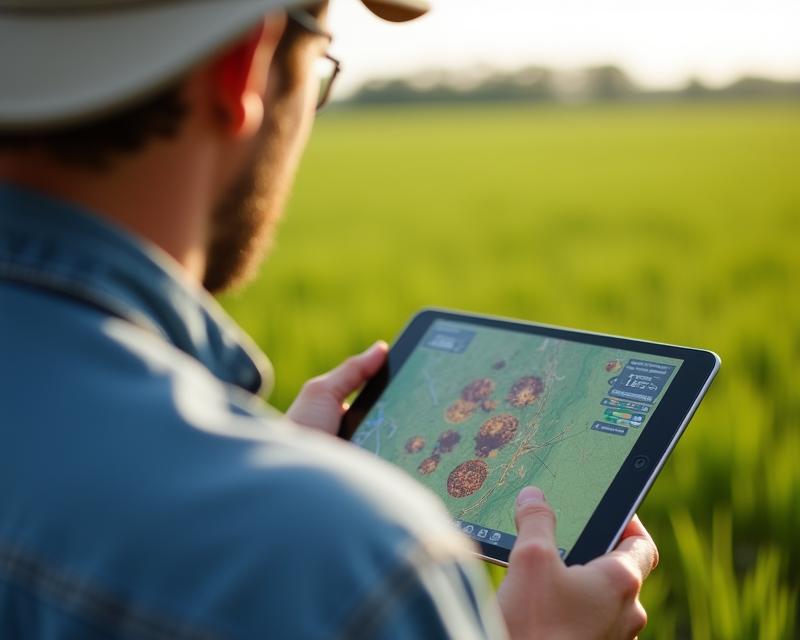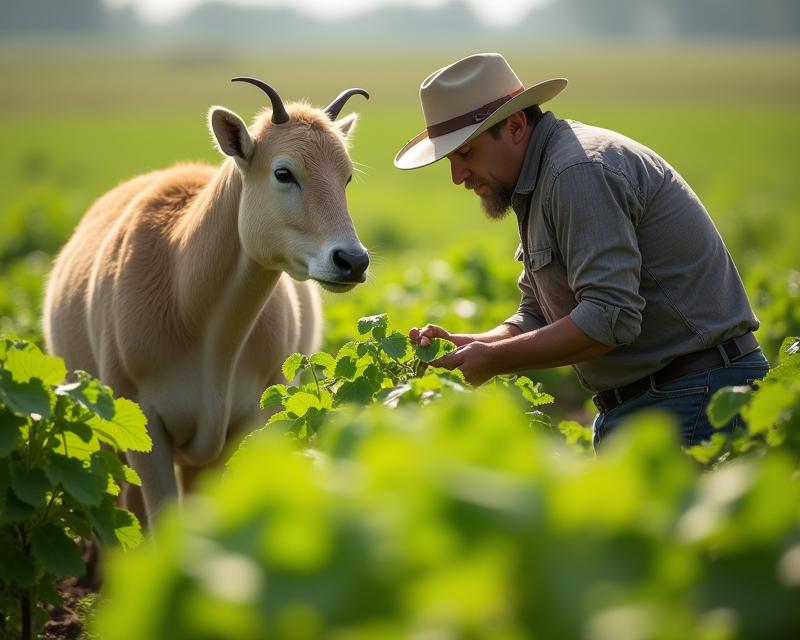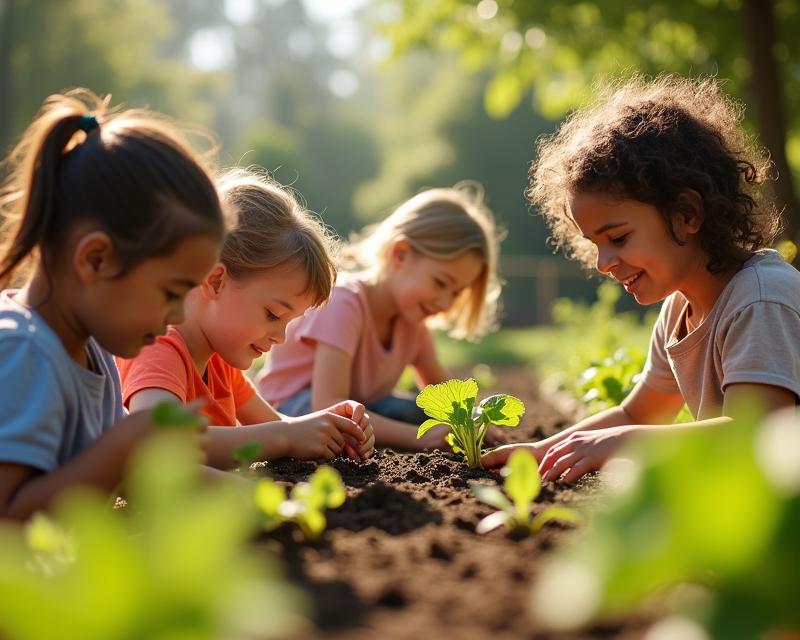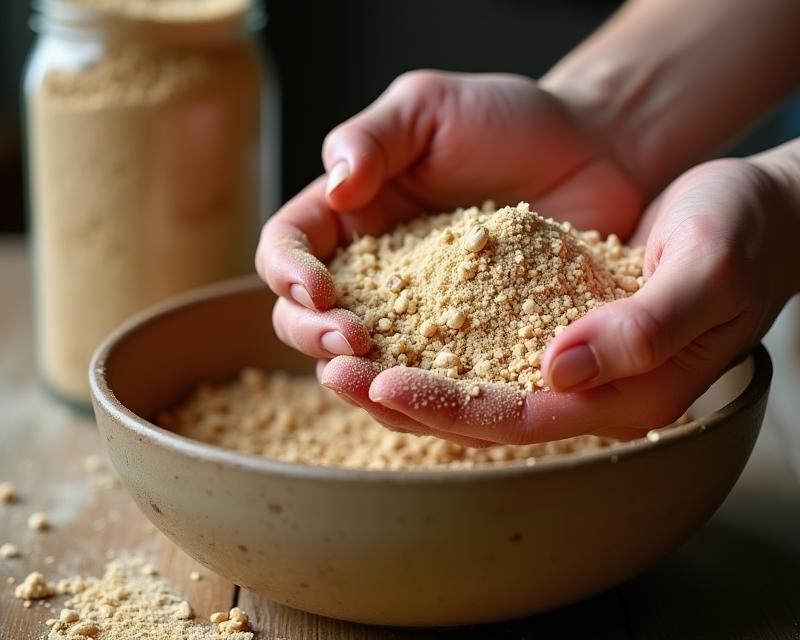Post-Harvest Waste: Sustainable Solutions
Publish in Sustainable Farming el 28/06/2025 22:24
Managing Crop Waste After Harvest Sustainably
The harvest is a culmination of months of hard work, but it also brings a significant challenge: managing crop waste. From fields to storage facilities, a considerable amount of produce is often discarded due to damage, imperfections, or simply surplus. This waste isn't just an economic loss; it has significant environmental consequences, contributing to landfill overflow and greenhouse gas emissions. Fortunately, there are numerous sustainable practices farmers can implement to minimize waste and transform it into valuable resources.
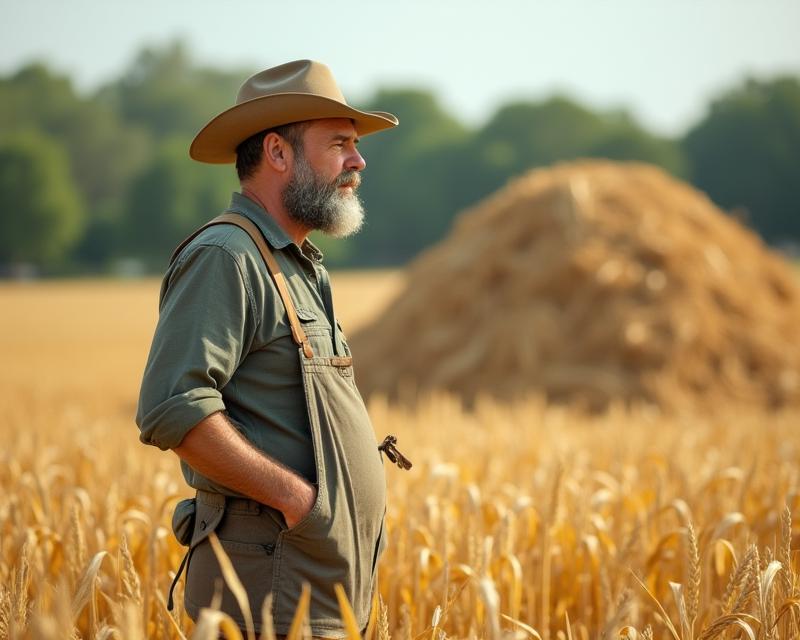
Reducing Waste at the Source
The first step in managing post-harvest waste is prevention. This involves optimizing harvesting techniques to minimize damage. Investing in appropriate harvesting equipment and training personnel on proper handling methods are crucial. Careful sorting during harvest can also remove damaged or diseased produce before it even reaches storage. Furthermore, accurate demand forecasting helps avoid overproduction, leading to less surplus at the end of the season. Implementing quality control measures throughout the growing season can also help ensure a higher percentage of crops meet market standards.
Turning Waste into Value
When waste is unavoidable, creative solutions can transform it into valuable resources. Composting is a widely used and effective method, turning crop residues into nutrient-rich soil amendments. This reduces the need for synthetic fertilizers and improves soil health. Another option is using crop waste for animal feed, particularly for livestock like pigs and chickens. Some farmers are exploring anaerobic digestion, a process that breaks down organic matter in the absence of oxygen to produce biogas, a renewable energy source. Furthermore, certain crop residues can be used to create biofuels or bioplastics, offering further opportunities for resource recovery.
Innovative Technologies and Partnerships
Technology is playing an increasingly important role in post-harvest waste management. Smart sensors and data analytics can monitor crop conditions and predict potential losses, allowing for proactive interventions. Blockchain technology can improve traceability and transparency in the supply chain, reducing waste due to spoilage and improving market access for smaller farmers. Collaboration with local businesses and organizations is also key. Farmers can partner with food processors to utilize byproducts or donate surplus produce to food banks and charities. By embracing innovation and fostering partnerships, the agricultural industry can move towards a more circular and sustainable model of crop production.
